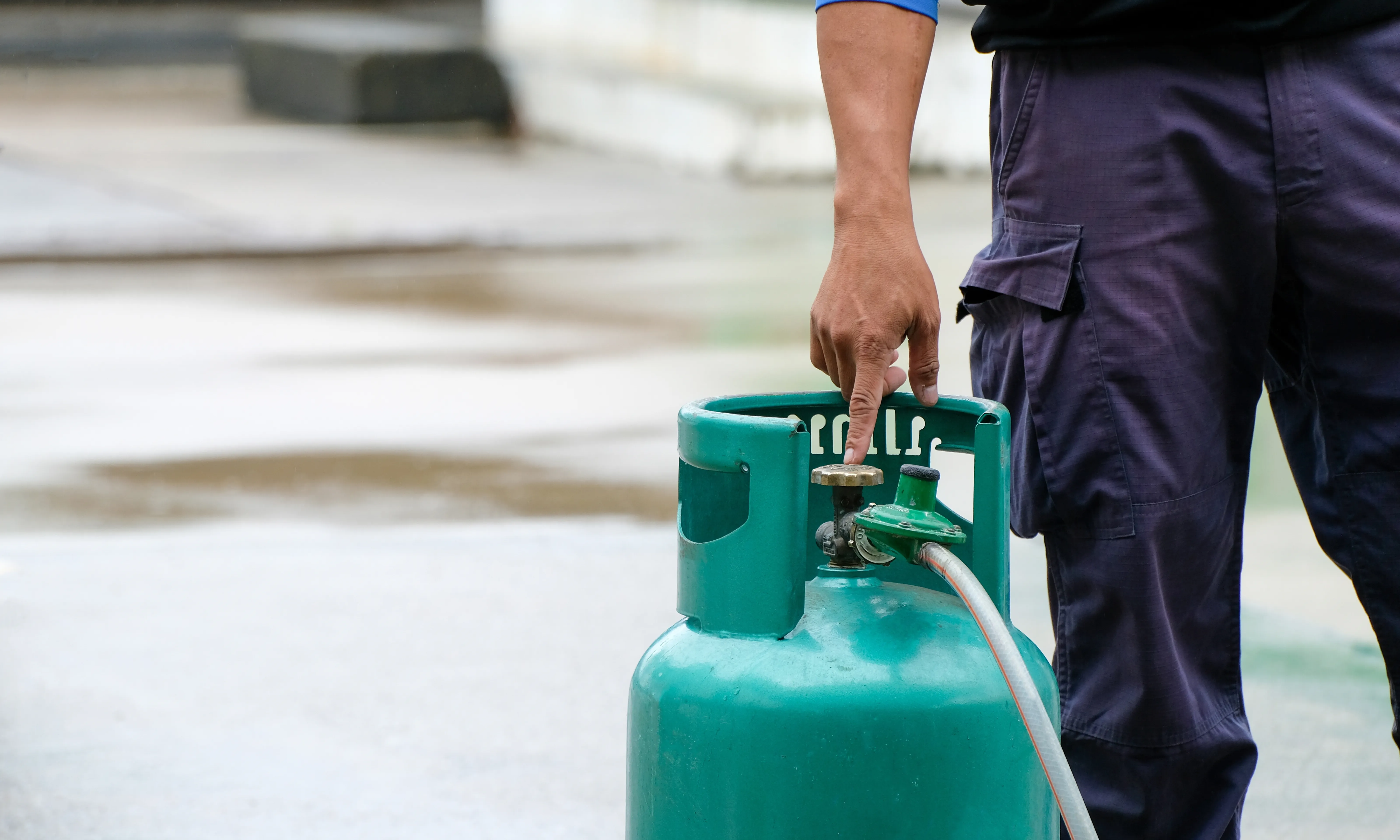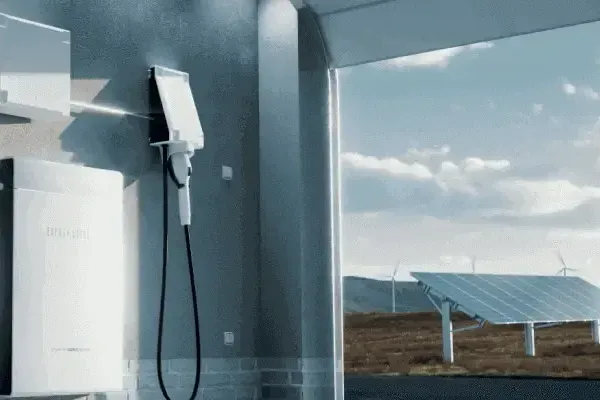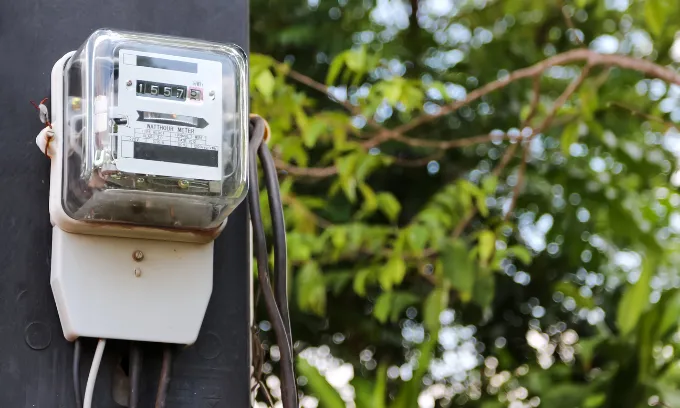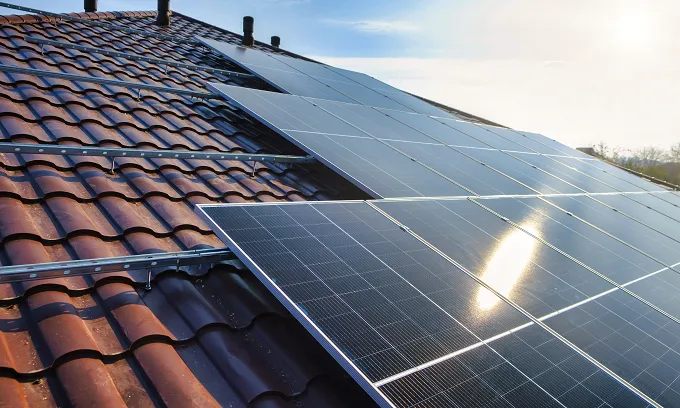What is LPG?
Liquid petroleum gas (LPG) is a common form of gas used for household and commercial purposes.
LPG is used in many household appliances, including air conditioners, heaters, stoves and barbeques. It’s also commonly used for industrial purposes, such as fuelling machinery and vehicles.
LPG usually consists of two ingredients: propane gas and butane gas. However, in Australia, it is purely propane gas. This is because butane gas isn’t as effective in colder weather and cannot vaporise efficiently when temperatures drop.
What are the benefits of LPG?
Here are a few advantages of using LPG in your home:
- Convenient and efficient: With easy transportation, storage and higher heating levels, LPG is consistent and efficient, particularly when cooking.
- Produces less greenhouse gas emissions: As LPG is a low-carbon fossil fuel, it produces less greenhouse gas emissions than other gas sources.
- Easily accessible: Due to its transportation via cylinders, remote and rural communities that can't be connected to a gas mains can still access a gas source with LPG.
- Cheaper to run: In some cases, it may be cheaper to use LPG over natural gas as customers only need to pay for a refill when they need it.
How is LPG sourced?
LPG is sourced through the refinement of fossil fuels, namely, in two ways: It is extracted during the natural gas production process or it is produced during the oil refinement process.
About 80% of Australia’s LPG is extracted from natural gas, with the remaining 20% derived from refining crude oil.
LPG from natural gas
After natural gas has been drilled from underground reservoirs of rock, it goes through a refining process where LPG is released as a secondary product.
Although it is sourced from natural gas, LPG has different chemical makeups and qualities. Chiefly, it is far denser than natural gas. It only requires a small amount of pressure to liquify and does so at a higher temperature than natural gas (37.8C vs -162C). This makes it much easier and safer to transport in gas bottles for homes and businesses.
LPG from crude oil
LPG is extracted from crude oil through a process called cracking. The University of Western Australia explains: “Cracking breaks down heavy, long hydrocarbon molecules from crude oil into lighter, shorter ones such as LPG and gasoline.”
A government report on Australia’s gas supply states that “about 3% of a barrel of crude oil is refined into LPG. Both refined and naturally sourced LPG are interchangeable and can be used in transport or as a domestic, commercial or industrial heating fuel”.
Is LPG a renewable energy source?
While it is classified as a lower-carbon fuel source, LPG is not a renewable energy source as it is produced as a by-product of fossil fuels. A 2014 study by researchers in the United Kingdom discovered a way to produce propane via a renewable process. However, this technique has not yet been employed on a mass scale.
LPG use in Australia
Around two million Aussie households use LPG indoors, with 18.1 million gas and LPG appliances, including barbecues, are in use across Australia, according to Gas Energy Australia.
Household energy
LPG is a common form of household energy in Australia. Items such as ovens, stovetops, barbeques, heaters and hot water systems are generally compatible with an LPG connection in Australia.
Part of LPG’s popularity comes from its affordability and accessibility, particularly in rural areas, where it can be stored in cylinder tanks outside the home and refilled when needed.
Industrial heating and power generation
LPG can be used for a range of industrial uses in Australia, from simple heating to gas engines in forklifts and to power industrial boilers. Because of its high heat levels and efficiency, LPG is used by many businesses in Australia that require a consistent, high-quality energy source.
Gas Energy Australia reports that LPG contributes more than $3.5 billion a year to the national economy. Some companies may also use LPG as a back-up or off-grid energy source as a supplement for renewable energy.
LPG vs natural gas
What’s the difference between LPG and natural gas?
There are a number of differences between LPG and natural gas. One of the most important differences to note is that natural gas is methane (CH4) and LPG is propane (C3 H8) or butane (C4 H10) (remember in Australia, LPG only contains propane).
Another key difference is the way each product is sourced and supplied to customers. While LPG is sourced from natural gas and transported via canisters in liquid form to customers, natural gas is a naturally occurring fossil fuel obtained from underground reservoirs. Unlike LPG, natural gas is transported in its gas form to homes and businesses via an underground network of pipelines known as gas mains.
Natural gas is generally better suited to power larger home systems such as heating and hot water, as these can be supplied with gas through a connection to the gas mains. LPG on the other hand, is typically better suited to smaller appliances with a specific connection point, such as barbeques or stovetops.
LPG also burns at a higher temperature than natural gas, making it more energy efficient. In other words, LPG uses less gas to produce the same amount of heat as natural gas.
LPG advantages
Here are the biggest advantages of LPG:
- Portability: Can be moved around, transported and stored if or when required
- Higher heat: Burns at a higher temperature for greater cooking efficiency
- Great for rural customers: Ideal for those who live in regional areas or without access to natural gas lines.
LPG tip: If you don’t know how much gas is left in your LPG cylinder, try pouring hot water down the side of the cylinder. After a minute or two, place your hand on the cylinder and the area that’s cool to touch indicates its gas level.
Natural gas advantages
Here are the main advantages of natural gas:
- Practical and reliable: A source of energy with a constant flow of supply directly to home
- Cheaper running costs: Can be less expensive to run for gas cooking, hot water and heating
- Less harsh on the environment: Emits slightly less carbon dioxide than LPG and other fossil fuels.
Natural gas tip: Only use a licensed gas fitter to install appliances and ensure you maintain them according to the manufacturer’s warranty. Also, keep an eye on your gas meter or pipes for any damage that may disrupt gas supply.
Which is cheaper: LPG or natural gas?
Natural gas generally works out cheaper per megajoule (MJ) than LPG. That being said, LPG does work out to be cheaper than natural gas for households with smaller gas usage requirements.
This is because natural gas has an additional cost known as a daily supply charge, usually costing between 40 and 60 cents. Customers must pay supply charges even if they don’t use any gas as a fee for being connected to the distribution network. Delivering LPG may also incur a service cost, which can become pricey if households burn through their supply quickly.
Take the above information as a general guide only and remember that gas suppliers will vary in price depending on where you live. Also, the price of natural gas and LPG can fluctuate in line with global market supply and exchange rates, meaning gas retailers can change rates at their discretion.
How to install LPG
To install LPG, you’ll need the help of a licensed gas fitter or certified plumber, who can ensure that the installation meets Australian regulatory and safety standards. Households are advised not to attempt to install their LPG tanks without the help of a licensed professional.
Below we have listed a general guideline, outlining the steps you may wish to take when installing LPG in the home:
- Research which appliances you’re after and check their gas connection type. It’s important to note that natural gas and LPG are not interchangeable between appliances. So, if you’ve purchased an LPG-powered appliance, you will need an LPG tank.
- Pick your desired LPG supplier – this is the company that will deliver the LPG tanks to your home.
- Hire a licensed gas fitter. Some gas fitters only specialise in certain connection types, such as gas heating, so ensure you select the right company for you.
LPG installation costs
The costs of LPG installation will vary depending on a range of factors, including the number of appliances that use LPG, the size of your home, the layout of your property and the original configuration of any fireplaces or cookers. The cost can vary from a few hundred dollars to a few thousand dollars.
As a ballpark figure, you can expect a brand new LPG installation to cost between $1,500 and $4,500.
Using LPG
How much LPG do I need?
There are several factors to consider when determining how much LPG you need.
Gas usage
If you’re deciding on an LPG bottle size, you’ll need to look at the way your home uses gas.
According to Elgas, this can be achieved by calculating your total LPG consumption per hour and how many hours of consumption each bottle size can provide you:
- Calculate the energy (MJ) content in your preferred LPG bottle size – generally, one kg of LPG contains 49 MJ of energy.
- E.g.. 4 litres X 49 = 196 MJ
- Calculate your LPG consumption per hour (MJ/hr) by adding the respective consumption rates of each gas appliance being used.
- E.g. Heater 1 (25 MJ/hr) + Heater 2 (25 MJ/hr) = 50 MJ/hr
- Divide the energy content in your preferred gas bottle size by your total consumption rate. This figure reflects how long your preferred bottle size would last (hrs) based on your LPG consumption per hour.
- E.g. 196 MJ ÷ 50 MJ/hr = 3.92 hrs
You should choose a bottle size that’s large enough for your cooking, heating and hot water needs, without requiring frequent refills.
Available space
You’ll need to have enough free space on your property to store your LPG bottles. Although small cylinders are easy to store, larger tanks need room for installation and generally won’t fit in homes with limited outdoor space.
According to Petroleum Advisory Services, current legislation states that you are permitted to store a maximum of 10kg of unused LPG bottles within a detached home or single-storey attached dwelling or a combined maximum of 50kg between indoor and outdoor spaces (with no unused bottle exceeding 15kg).
Do take note that these limitations don’t apply to already-in-use 45kg gas bottles.
Budget and cost
As well as an upfront cost, LPG users also need to pay for ongoing bottle refills. While larger tanks or bottles are more expensive to buy, they can save you money long-term because you won’t require frequent refills.
The following factors will also impact your upfront/ongoing costs of LPG usage:
- Global LPG price fluctuations
- Seasonal demand
- Taxes
- Exchange rates
- Geo-political unrest
- Transportation costs based on distance.
LPG bottle sizes
Here’s a basic overview of LPG bottle sizes:
LPG | Width | Height | Volume |
|---|---|---|---|
4kg | 340 | 265 | 7 |
9kg | 460 | 310 | 17 |
15kg | 305 | 705 | 29 |
18kg | 310 | 830 | 35 |
45kg | 375 | 1,250 | 88 |
90kg | 508 | 1,340 | 176 |
190kg | 760 | 1,350 | 372 |
210kg | 760 | 1,350 | 411 |
Source: Elgas website
Small LPG bottles
Small LPG bottles are great for households with low to moderate gas usage. This includes small families, occasional users, or homes that like to use gas for camping or barbecuing.
The most common sizes for small cylinders include 4kg (3.7kg), 9kg (8.5kg), 15kg and 18kg.
Smaller cylinders are designed for use with portable gas appliances, such as barbecues, camping stoves and patio heaters. Because they’re easy to transport, they can be refilled or exchanged at many locations across Australia.
Medium LPG bottles
Medium-sized LPG bottles are good for households who use gas for daily cooking, heating or hot water.
Typical sizes for medium cylinders range from 45kg to 90kg.
Because of their larger capacity, they require less frequent refills when compared to small cylinders. However, they’re less portable and generally need to be refilled by an LPG delivery driver.
Large LPG bottles
Large LPG bottles, also known as tanks, are designed for heavy gas users. These bottles are typically found in larger households, or properties and businesses with heavy energy needs.
Tank sizes can range from 190kg to 2,100kg or larger.
Large tanks are usually installed outside your home or business, and connected to fixed gas appliances such as central heating systems, cooktops and ovens. Like medium bottles, large LPG tanks offer the benefit of a continuous gas supply, without the need for frequent refills.
How many LPG tanks should I have?
The number of LPG tanks you will need for your home entirely depends on your gas usage, which determines how frequently the gas tank would need to be replaced.
It is generally more efficient to have two bottles on the go than just one. This can be achieved through a dual gas bottle installation. This is an automatic function that switches the connection over once the first bottle is empty.
Some people, however, prefer to switch it over manually so that they know when the first tank is out of gas. It also makes it easier to know when to order your next bottle and ensures you don’t suddenly have to finish washing your hair with cold water.
However, you can make do with just one LPG tank. When you’ve only got one bottle, you have a couple of options for keeping track of usage:
- Run the bottle dry and then make do without gas until the next delivery.
- Continually check the meter and order when it is almost empty.
- Plan ahead: If you can estimate how long it takes for your household to use one entire bottle, you can plan ahead by ordering refills in advance.
Some companies also offer an automatic gas bottle home delivery service. This means that they monitor your gas usage and schedule LPG refill deliveries for you, so that you don’t have to worry about it.
How long does a gas bottle last?
Replacing your LPG cylinder will generally come down to personal factors, such as, how big your gas tank is and how often you use it. Some companies offer cylinder refills when levels are running low, while others will simply replace the cylinder with a new one.
If you’re not regularly using LPG, you can choose to purchase as you go, or for those with higher gas usage needs, your provider may be able to determine a refill cycle based on past consumption habits.
As a general rule of thumb, if you’re using gas for both cooking and hot water, you can expect a 45kg bottle to last between four and six weeks
Checking your bottle regularly will allow you to stay on top of your usage, and can indicate when it’s time to order a new one, ensuring you don’t suddenly run out.
Running out of LPG
Unlike natural gas, with LPG it’s possible to run out. Here are some tips to ensure this doesn’t happen:
- Monitor your gas levels. If you have two gas bottles, order a new tank as soon as the first bottle runs out, rather than waiting for the second one to get low.
- If you have a one-bottle system, consider upgrading to two bottles.
- In winter, it’s better to be proactive and order early due to the high demand.
- Take into consideration factors that may increase your gas usage, such as guests or the installation of additional appliances, and check your gas level accordingly.
- If your LPG provider offers an automatic gas bottle home delivery service, consider signing up so that you can rest assured that someone else is monitoring your gas usage and scheduling deliveries as needed.
LPG Suppliers
Here are some of the larger companies that offer LPG in Australia. Keep in mind there may be other LPG suppliers operating in your area and some of these companies above may not operate in all regions of Australia.
- Supagas
- Kleenheat
- Origin Energy
- Elgas
- Agas National
Should I get LPG for my home?
There are some benefits to using LPG in your home; it produces less carbon emissions than coal and oil, is easily accessible and is generally cheaper to access. If you’re in a remote or rural community and don’t have access to the gas mains, LPG may be a suitable choice for your home.
However, if you live in a larger home with high gas usage, it’s worth conducting a cost comparison to see whether natural gas or LPG would be more cost efficient for you.
Always consider your gas usage before choosing a product to ensure you are making the right purchase decision.








